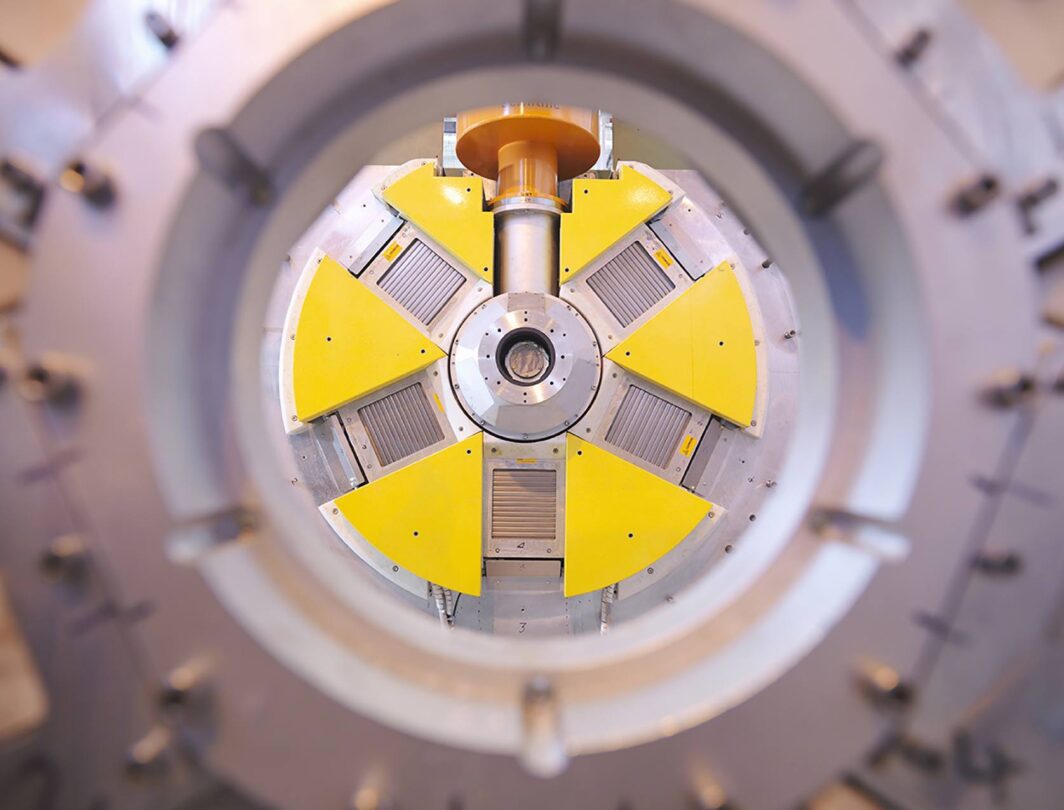Money Matters
Understanding 100% bonus depreciation and the impact on your cash flow

When Mike Gazzola, a real estate broker with Entre Commercial Realty, purchased a 41,000-square-foot flex building in 2016 with his investor partners, he realized a net savings of $94,000.
“We received more than half of that savings in Year 1 and the remainder over the next four years. With the new tax codes, commercial property owners and tenants can see even more immediate savings,” says Gazzola.
The 2017 Tax Cuts & Jobs Act (TCJA) and 2020 CARES Act allow for a 100% bonus depreciation immediate write off of new and used components with a tax life less than 20 years for assets placed in service between Sept. 28, 2017 and Dec. 31, 2022.
Paragon International has been doing fixed assets consulting for 35 years and we’ve never experienced this allowable and immediate tax depreciation relief for businesses.
Of course, we’re in an unfortunate and unique situation right now with the global pandemic. These two Acts give companies an opportunity to put money back in their pockets quickly, especially now when cash flow may be tight.
“From a planning standpoint, the sooner an owner or tenant can engage a firm that specializes in cost segregation and fixed asset management, the better it will be for a couple of reasons,” says Stuart Frankenthal, president and CEO of Northbrook-based Jass Realty Co., LLC.
First, spaces can be inspected now without disruption to employees or concern with distancing challenges.
Second, office owners and tenants are renovating their spaces to accommodate distancing, adding barriers, and expanding or reducing their existing footprints.
Sage Fixed Assets - 2021 Year-End Planning
It's time to start thinking about year-end close.
Join us on Thursday, October 28 at 2 PM ET to make sure you are prepared for year-end activities related to your company's capital assets.

How does the 100% bonus depreciation impact cash flow?
Companies increase cash flow immediately because the 100% bonus depreciation can be taken against income tax liabilities by applying it to estimated quarterly tax payments calculations. They do not need to file amended tax returns or wait until filing their returns at the end of the year. A simple form can be filed with the estimated quarterly tax payment.
That’s huge. It’s money in one’s pocket – immediately.
Examples of qualifying bonus depreciation assets include flooring, data/computer wiring, and computer-related equipment.
For manufacturers it can include manufacturing equipment as well as connections to that equipment such as air, exhaust fans, duct work, and electrical wiring.
For the hospitality and entertainment industries, it can include custom lighting, fixtures, built-in cabinetry, and removable walls.
Retroactive 100% bonus depreciation on qualified improvement property
“Accelerating depreciation on qualified improvement property (QIP) from 39 years to either 15 years or 100% first-year depreciation has a direct and positive impact on a company’s cash flow,” says, Ann Donie, CPA, product owner for Sage Fixed Assets. “The recent CARES Act included this tax law change and made it retroactive, effective for QIP assets placed in service in 2018 and later.”
So, what are some first steps for calculating 100% bonus depreciation?
Step 1: Understand your fixed assets
Step 2: Allocate the purchase price or segregate the construction costs between depreciable and non-depreciable assets
Step 3: Use a dedicated software solution
The value of having a software solution, such as Sage Fixed Assets, is that large quantities of assets can be identified, grouped, and mass edited. Spreadsheets do not easily support making bulk changes to recalculate tax depreciation.
As an example, Paragon helped a nationally-recognized restaurant client update tax depreciation schedules, saving over $5 million in taxes by updating the QIP from 39 years to 15 using a feature in Sage Fixed Assets—Depreciation.
In these trying times, finding sources of increased business cash flow are critical because of reduced revenues.
Entre Commercial Realty can attest to that. “Do you want to pay more to the government or put some of that money in your pocket? The choice is yours,” says Gazzola.
Ready to take control of your fixed assets? Watch this brief video to see how Sage Fixed Assets certified partner Paragon can help you jump start your fixed asset management.
This article is part of our Sage Fixed Assets series. Sage Fixed Assets integrates with ERP and accounting solutions, including Sage 50, Sage 100, Sage 300, and Sage X3, to allow companies to manage every step of their fixed assets lifecycle.








It is not a tax savings but a tax deferral. You should not confuse your clients as there is a BIG difference.
W. Howard Griffith, CPA
Hi Howard,
Yes, using MACRS the deferred depreciation write off will eventually catch up over the next 15 or 39 years, depending on asset class. But with the TCJA and CARES Act 100% bonus depreciation for assets less than a 20 year tax life, the immediate expensing does create actual tax savings, as well as write offs of unrecorded retirements. Typically in today’s stressed economy, most corporate tax managers prefer to realize the write down in a much shorter timeframe. This frees up cash flow needed to maintain operations or fund growth.